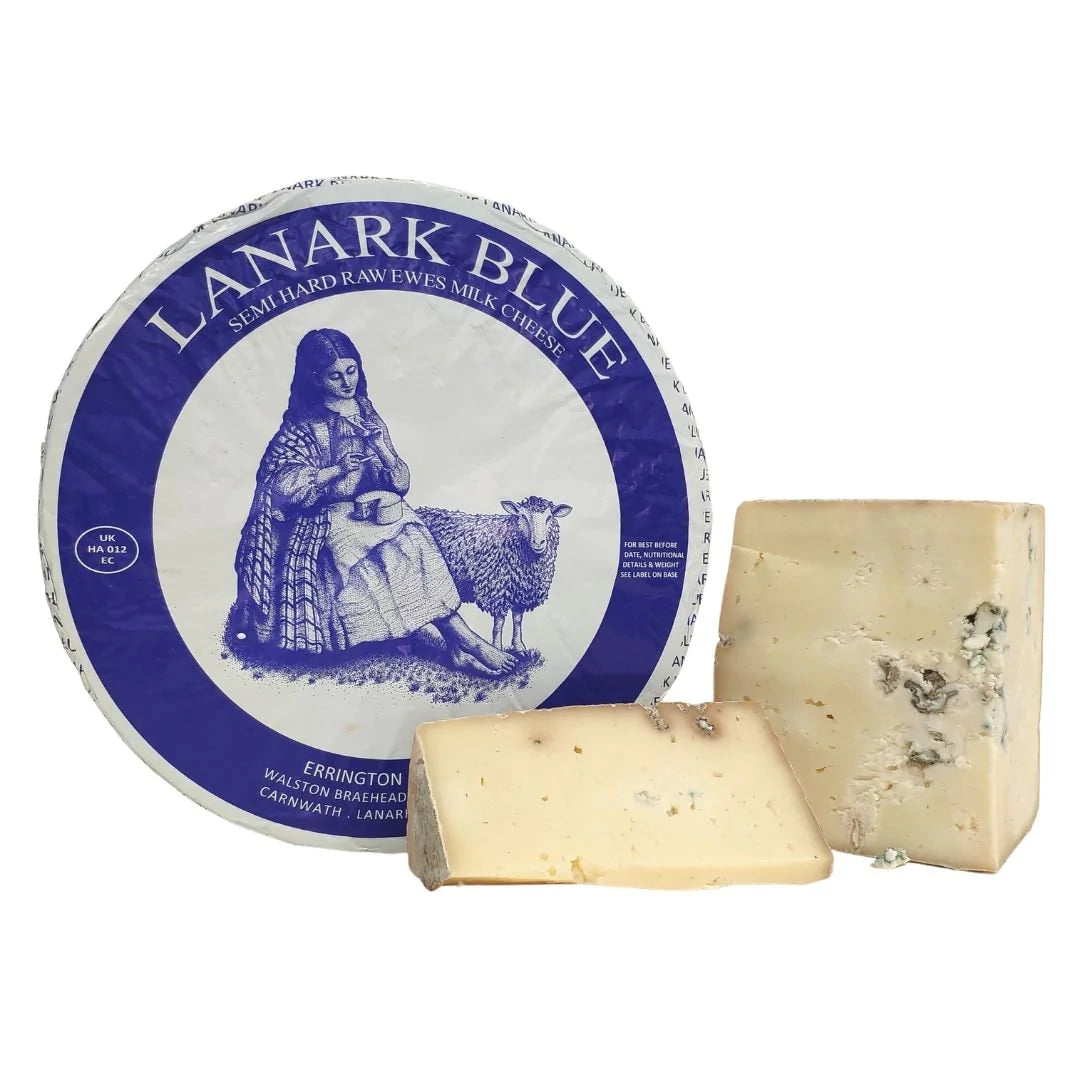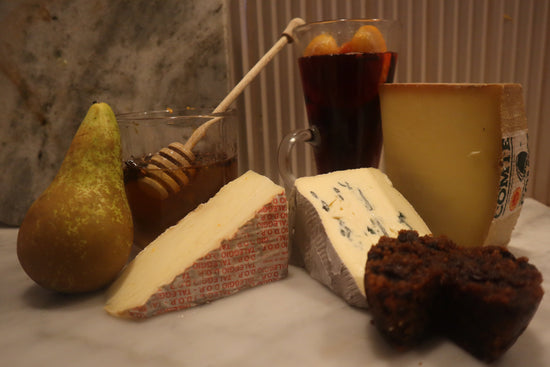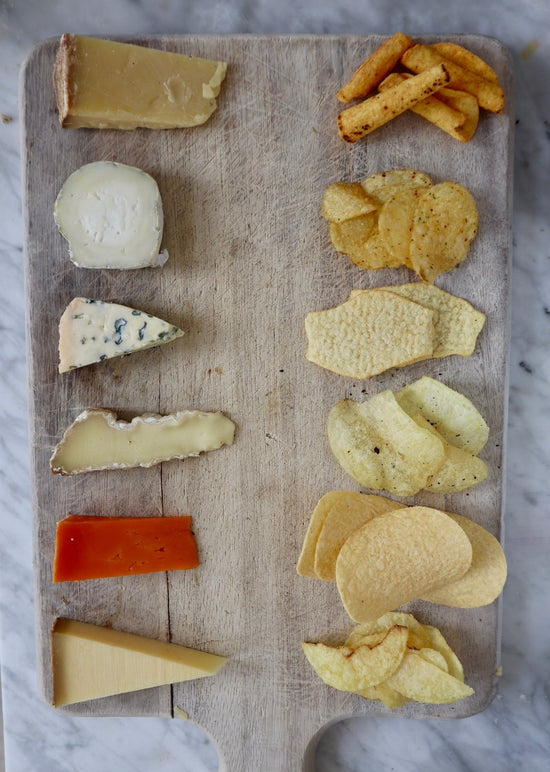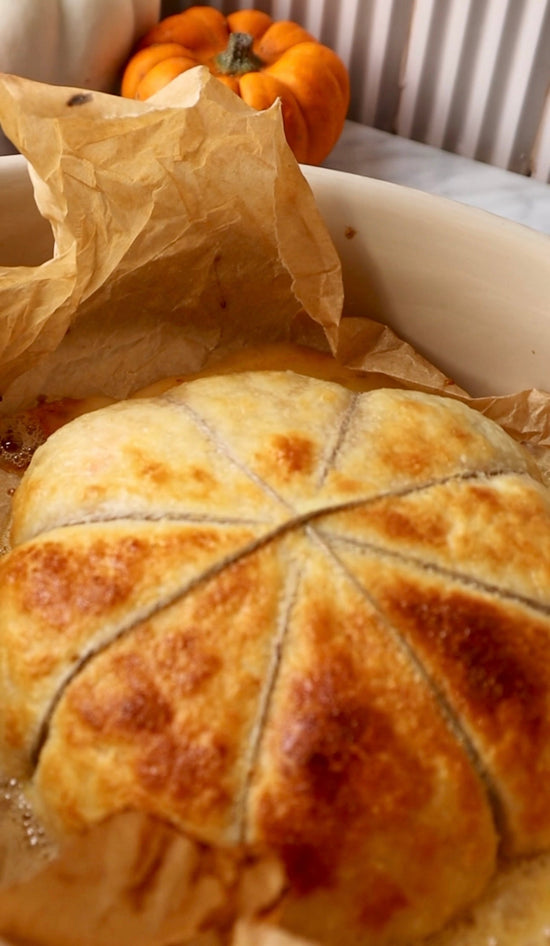CHEESES OF SCOTLAND
With Burns Night just a few weeks away, what better time to look at the rich variety of Scottish cheese.
Every celebratory dinner is made just that extra bit special when a board piled with artisan cheeses is presented to the table after the main event, and Burns Night is no different. Once the haggis, neeps and tatties have been polished off and the last bowl of Cranachan has been cleared away, a few wedges of cheese are the perfect companion to a glass or two of whisky while dinner guests recite some of Robert Burns’ most famous poems.
Here’s my selection of the best cheeses in Scotland. There’s something for everyone. Here are some of my favourites
Ailsa Craig
Ailsa Craig
Ailsa Craig cheese is named after an island in the Firth of Forth made by Dunlop Dairy in Ayrshire. It’s a rock shaped pasteurised goat’s milk cheese wrapped up in a little parcel. Ailsa Craig is a mild goats creamy cheese. It is semi-soft.

Arran Smoked Cheddar
Powerful and creamy, delicious smoky aroma from burning oak chips derived from whisky barrels. Sold in individual rounds covered in wax.

Blue Murder
Blue Murder
Created by Alex James, ex-Blur bass player, and food critic Juliet Harbut. Originally named Blue Monday after a New Order song. It’s a semi-soft blue creamier blue cheese in the style of Gorgonzola Picante – less strong than traditional blue’s. It’s sweet, creamy and slightly spicy made from Pasteurised Cows’ milk.

Bonnington Linn
Bonnington Linn
Bonnington Linn takes its name from a waterfall near New Lanark in Scotland. It is a hard, unpasteurised goats’ milk cheese. Bonnington Linn spends is aged in cheesecloth for 6 months which produces a thin rind. The flavour is definitely ‘goaty’ with a strong creamy and crumbly texture.

Caboc
Caboc
One of Scotland’s oldest cheese. It is a double cream cheese matured without rennet. The cheeses are log shaped and rolled in toasted oats. It’s rich, smooth, creamy and delicious.
This one is a love or hate cheeses?

Cairnsmore
Cairnsmore
Cairnsmore is produced by Galloway Farmhouse Cheese. This hard cheese is made from raw sheep's milk and it's made only from April to October. It's aged from 7 to 9 months. With a moldy rind, the texture is smooth and crumbly.The flavours are nutty and a little sweet.

Connage Clava Brie
This silky smooth, creamy Brie comes from the Highlands. Clava Brie, made by Connage Highland Dairy, is named after Pre-Historic burial cairns of of Clava. The delicate curd is aged and then hand wrapped producing a mild brie style cheese.

Crowdie
Crowdie
Legend has it the recipe came from Viking invaders. It’s a very soft, creamy cheese with a slightly sharp edge. The soft crowdie cheese is rolled with toasted oats or flavoured with black peppercorns.

Lanark Blue
Lanark Blue is comparable to Roquefort. It is made by Errington Cheese from unpasteurised ewes’ milk meaning the cheese is seasonal (the ewes can only be milked from January to September).
The flavour of this cheese varies throughout the year. In Spring, Lanark Blue is creamy and sweet, with a delicate blue flavour from the veins. The cheeses for Burns’ Night in January are more powerful and pungent.

Morangie Brie
Highland Fine Cheeses near Tain make this mild, creamy brie. They focus on making mould-ripened cheeses with a washed rind, blue cheeses, as well as the brie style. The Morangie Blue is a classic young brie. With age it picks up more savoury notes.

Red Anster
Red Anster
Red Anster is a dry, crumbly cheese with a flavour of chive and garlic and has a thin grey rind. St. Andrews Farmhouse make it with unpasteurised cows milk from their own herd. They also have Anster, Mature Anster, and Smoked Anster

Sir Lancelot
Errington Cheese in Lanark make this delicious soft cheese made from unpasteurised ewes’ milk and minimal rennet. This lactic cheese has a natural rind. Sir Lancelot is only made in Summer and Autumn from the excess milk produced by the ewes.
Semi-soft when young, the cheese becomes runnier as it ages. The mould which develops on the outside of the cheese adds depth of flavour.





